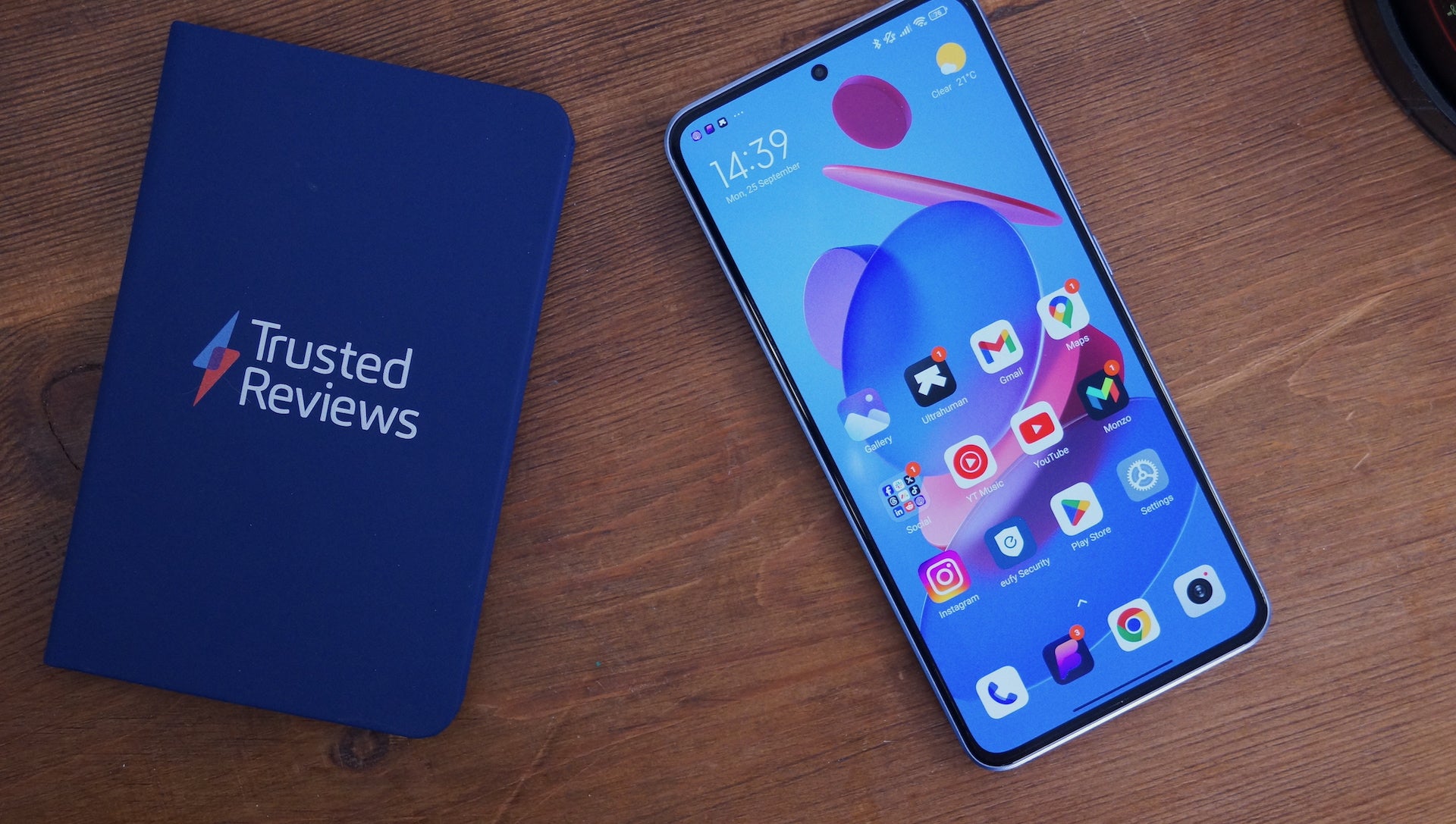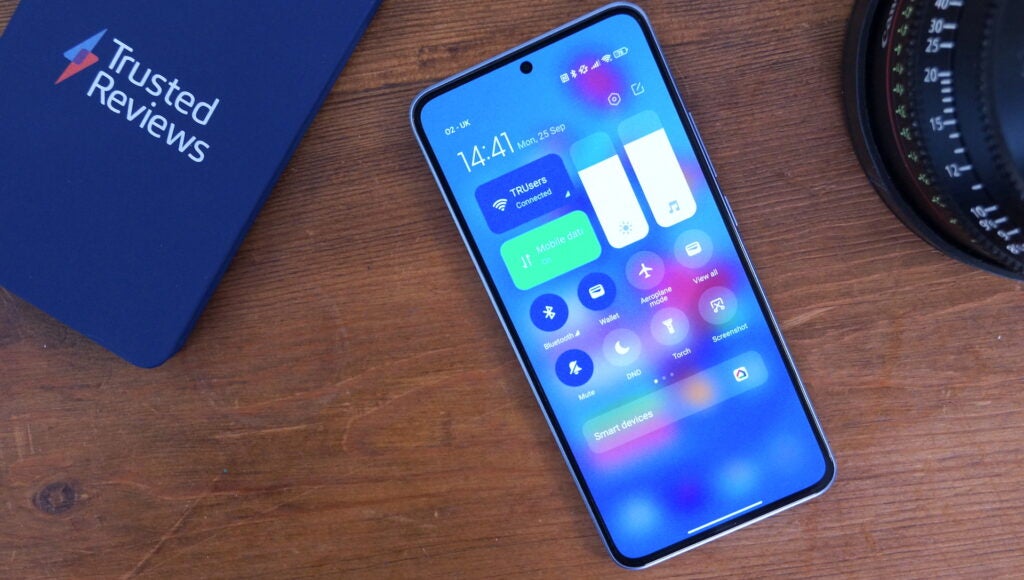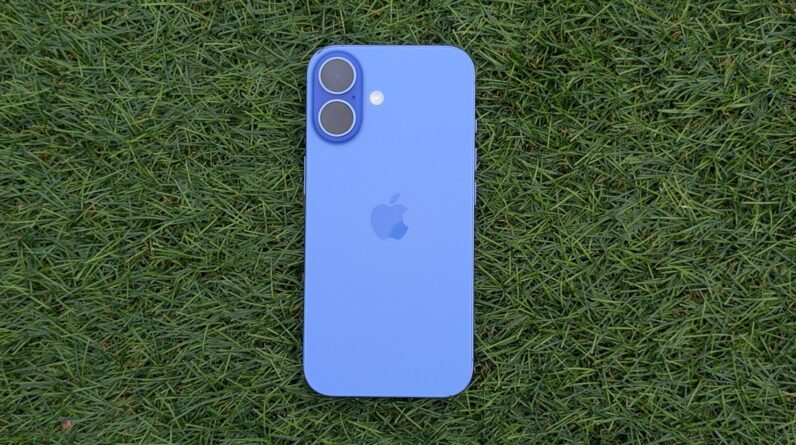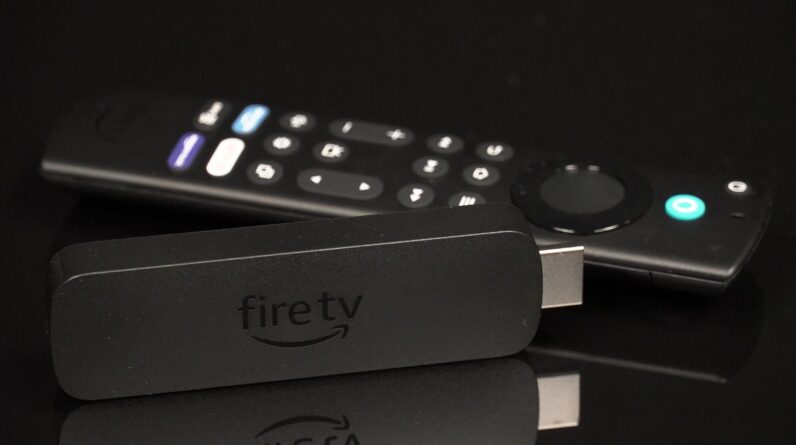
Xiaomi’s latest T series flagship lineup is now official, which includes the more premium (yet still affordable) 14T Pro.
With a new processor, wireless charging ability and a revamped design, the 14T Pro now includes Xiaomi-exclusive AI tools not found in its predecessor.
But how does the newly launched four-star Xiaomi 14T Pro really compare to its predecessor, the four-star Xiaomi 13T Pro? Is it worth upgrading if you’re sporting last year’s model?
We’ve compared our reviews and the specs of the two mid-range smartphones so you can determine which one is better suited for you.
UK RRP
USA RRP
EU RRP
Manufacturer
Screen Size
Storage Capacity
Rear Camera
Front Camera
Video Recording
IP rating
Battery
Wireless charging
Fast Charging
Size (Dimensions)
Weight
ASIN
Operating System
Release Date
First Reviewed Date
Resolution
HDR
Refresh Rate
Ports
Chipset
RAM
Colours
Stated Power
Price
At the time of writing, the 13T Pro is surprisingly more expensive than the newly launched 14T Pro with a starting price of £699 compared to the latter’s £649. The two starting RRPs are for the handset with 12GB of RAM and 512GB of storage.
Even so, considering the 14T Pro has only just launched, we expect the 13T Pro to drop in price within the coming weeks or months.
Design
- Xiaomi has redesigned the 14T Pro with a new “Deco” finish
- The 14T Pro has a stronger straight-edged aluminium alloy frame
- The 13T Pro has a vegan leather finish
Xiaomi has made significant design changes with the 14T Pro compared to the 13T Pro, but whether these tweaks were necessary is another question.
In fact, our reviewer concluded that although the 14T Pro is a well-crafted device, its form and surface finishes don’t “flow as elegantly” as previous Xiaomi offerings. The rounded edges of the aluminium frame don’t feel ergonomically sound nor comfortable, but Xiaomi does claim that this is 116% stronger than the 13T Pro.
We found that the 13T Pro with the vegan leather finish felt more comfortable to hold and fits “nicely” in the palm of your hand. So although the 14T Pro is technically stronger, the 13T Pro is the more comfortable of the two to hold.
As touched upon, the 13T Pro comes in a choice of a vegan leather or aluminium finish depending on the colour you opt for, whereas the 14T Pro is only available with the latter.
Otherwise, the two handsets have an IP68 rating which means they are dust-tight and water resistant.
Winner: Xiaomi 13T Pro


Screen
- The 14T Pro has a higher peak brightness than the 13T Pro
- AI tools including dynamic colour temperature
- The two screens are 6.67-inches and both have a 144Hz refresh rate
The biggest difference between the 14T Pro and the 13T Pro comes from their respective brightness levels. While the 13T Pro can reach up to 2600 nits of brightness when watching HDR content, the 14T Pro hits up to a whopping 4000 nits to further improve the look of HDR content and improve visibility in bright sunlight.
The 14T Pro screen is also fitted with features such as an AI-controlled dynamic colour temperature which adjusts the screen’s warmth and brightness according to usage scenarios and the time of day.
Otherwise, the 14T Pro retains the 6.67-inch AMOLED panel found on its predecessor and also boasts up to 144Hz refresh rate.
Winner: Xiaomi 14T Pro


Camera
- The 14T Pro uses Xiaomi’s own Light Fusion sensor for its 50MP main lens
- Upgrade your selfies with the 14T Pro’s 32MP front-facing lens
- The two handsets were co-engineered with photography brand Leica
On paper, the 14T Pro appears to use the same 50MP main, 50MP telephoto and 12MP ultrawide rear trio as its predecessor, though the 14T Pro instead uses Xiaomi’s own Light Fusion sensor for its main lens.
While the 14T Pro’s camera setup does have some slight issues, such as a lack of shadows in high contrast light scenes and a tendency for autofocus to grab further back in the frame than desired (which is also an issue with the 13T Pro), overall we were impressed with its overall capability.
When taking photos with the main lens of both handsets, users have a choice between the Leica Vibrant and Leica Authentic mode which allows you to choose between either more vibrant images and ones that are more true to life respectively.


Another difference between the 14T Pro and 13T Pro is the front camera. While the 13T Pro has a capable 20MP that supports HDR and Night mode, the 14T Pro features a 32MP lens that can support up to 4K video recording.
Winner: Xiaomi 14T Pro
Performance
- The 14T Pro runs on MediaTek 9300 Plus while the 13T Pro runs on MediaTek 9200 Plus
- MediaTek 9300 Plus is more powerful and offers an AI-powered toolkit
- Both handsets are comfortably fast for everyday use
Easily one of the main reasons to opt for the 14T Pro is for its sheer performance power. For a mid-range handset, the 14T Pro not only surpasses even more premium competitors in terms of its Geekbench scores but it’s also a brilliant multitasker that allows games to load and play smoothly.
The chip within the 14T Pro is MediaTek’s current flagship Dimensity 9300 Plus while last year’s Dimensity 9200 Plus powers the 13T Pro.
Comparatively, the 13T Pro’s benchmark scores trail well behind the 14T Pro. Even so, it’s worth noting that these scores don’t necessarily paint the whole picture and the 13T Pro was able to comfortably handle all tasks from split-screen use to gaming, even intensive titles such as Call of Duty.
Winner: Xiaomi 14T Pro


Software
- AI toolkit offers a combination of Xiaomi and Google tech
- The 14T Pro is the first to run on HyperOS instead of MIUI
- Ads litter the two handsets
Thanks to its MediaTek Dimensity 9300 Plus chipset, the 14T Pro now boasts a mix of Xiaomi and Google AI-powered tools. There’s the incredibly useful Circle to Search feature, which is launching on the 14T Pro very soon, and allows users to search for anything on screen simply by drawing a circle around it, alongside the inclusion of Gemini, Google’s voice assistant.
Aside from Google apps, the 14T Pro includes Xiaomi’s own AI Interpreter for translation in real-time, AI Notes for summarising, proofreading and translating text and AI Recorder which supports speech-to-text transcription and speaker recognition, and can generate summaries.


The 14T Pro also includes photo and video editing capabilities in the form of AI Film for video editing, AI Eraser Pro to remove unwanted objects from photos and AI Portrait to generate an AI avatar based on your prompt.
AI-prowess aside, the 14T Pro is among the first Xiaomi devices to switch from the MIUI skin to Xiaomi’s revamped HyperOS. We found the difference between the two is relatively negligible so you might need to spend time digging around HyperOS to understand what’s new.
Much like its predecessor, HyperOS is packed with ads across the entire system, from the Theme Store to even within the home screen folders. Although this can be overlooked, it’s something we’d like Xiaomi to scrap in the future.


Winner: Xiaomi 14T Pro
Battery life
- The 14T Pro is the first to feature 50W wireless charging
- The 13T Pro includes a power adapter in the box
- Both have 120W HyperCharge technology
Although the two sport the same 5000mAh cell that supports Xiaomi’s super speedy 120W HyperCharge technology, the 14T Pro does take a slight lead as it takes 23 minutes to charge from 1-100% while the 13T Pro takes 33 minutes.
The 14T Pro is also the first in the series to include wireless charging with a top speed of 50W. However, keep in mind that both wired and wireless chargers are sold separately for the 14T Pro, whereas the 13T Pro comes equipped with a charger in the box.
Winner: Xiaomi 14T Pro
Verdict
At the time of writing, the Xiaomi 13T Pro is actually more expensive than the 14T Pro so it makes sense to upgrade to the latest handset and reap the benefits of the new features. Having said that, we do expect the 13T Pro to drop in price or at least it’s more likely to see deals than the newer 14T Pro, so if you’re looking for a budget offering then the 13T Pro is likely a better bet.
Buy the Xiaomi 14T Pro if…
You want the latest handset that comes equipped with an AI toolkit, boasts impressively speedy performance that surpasses its competitors and offers wireless charging support.
Buy the Xiaomi 13T Pro if…
You want a more comfortable and ergonomic handset that’s likely to drop in price massively in the coming weeks.
Also consider:
If you’d prefer Xiaomi’s flagship handset, consider the Xiaomi 14, a compact alternative that’s extremely powerful and capable of taking stunning photos and videos.
Otherwise, be sure to visit our best Android phones list or for a more budget-focused roundup check out our best mid-range smartphones article too.






